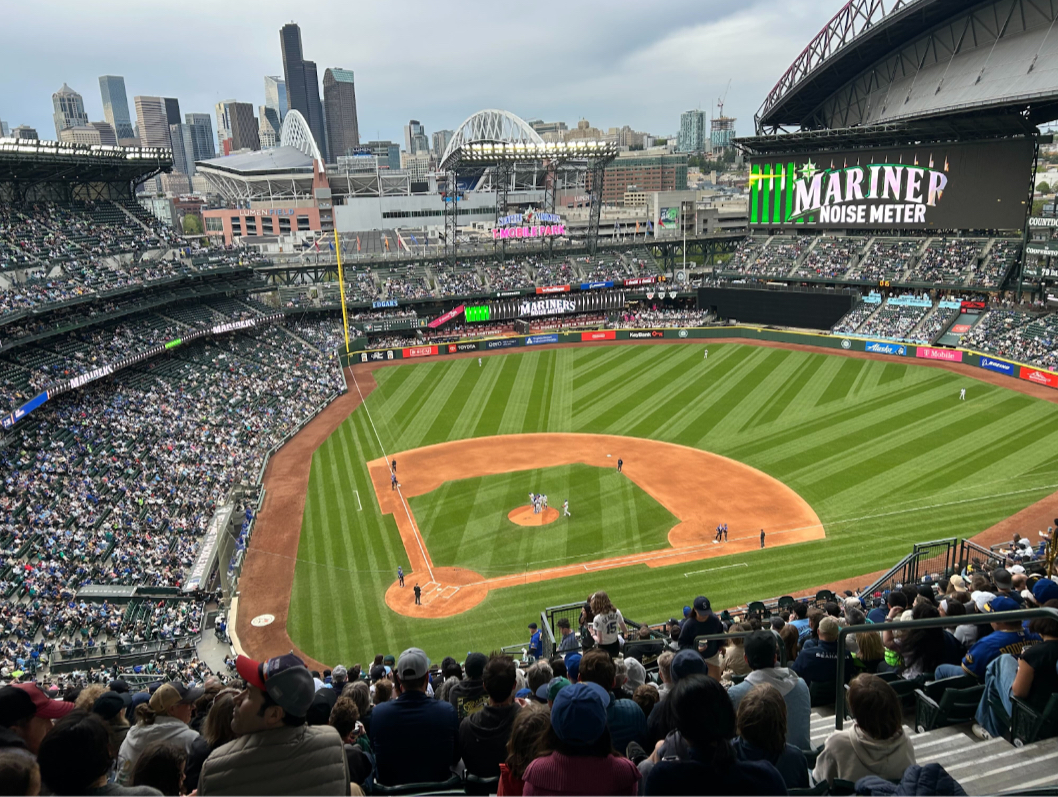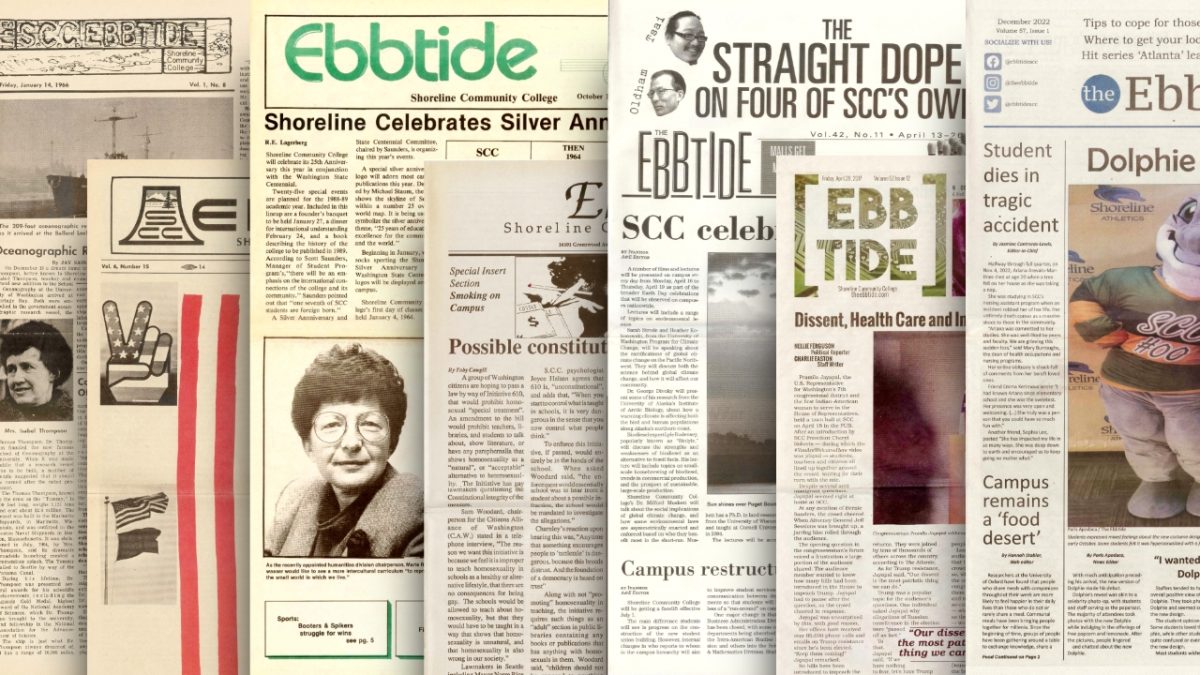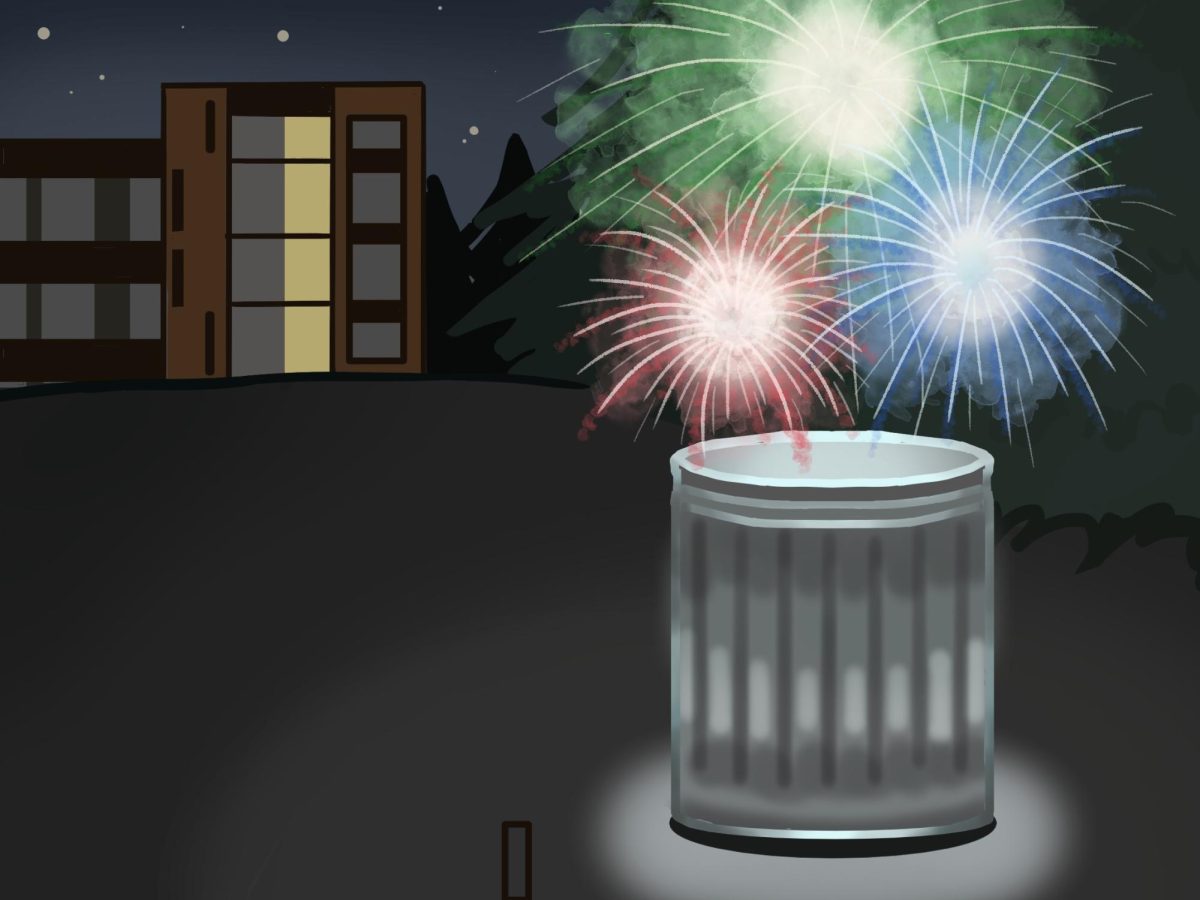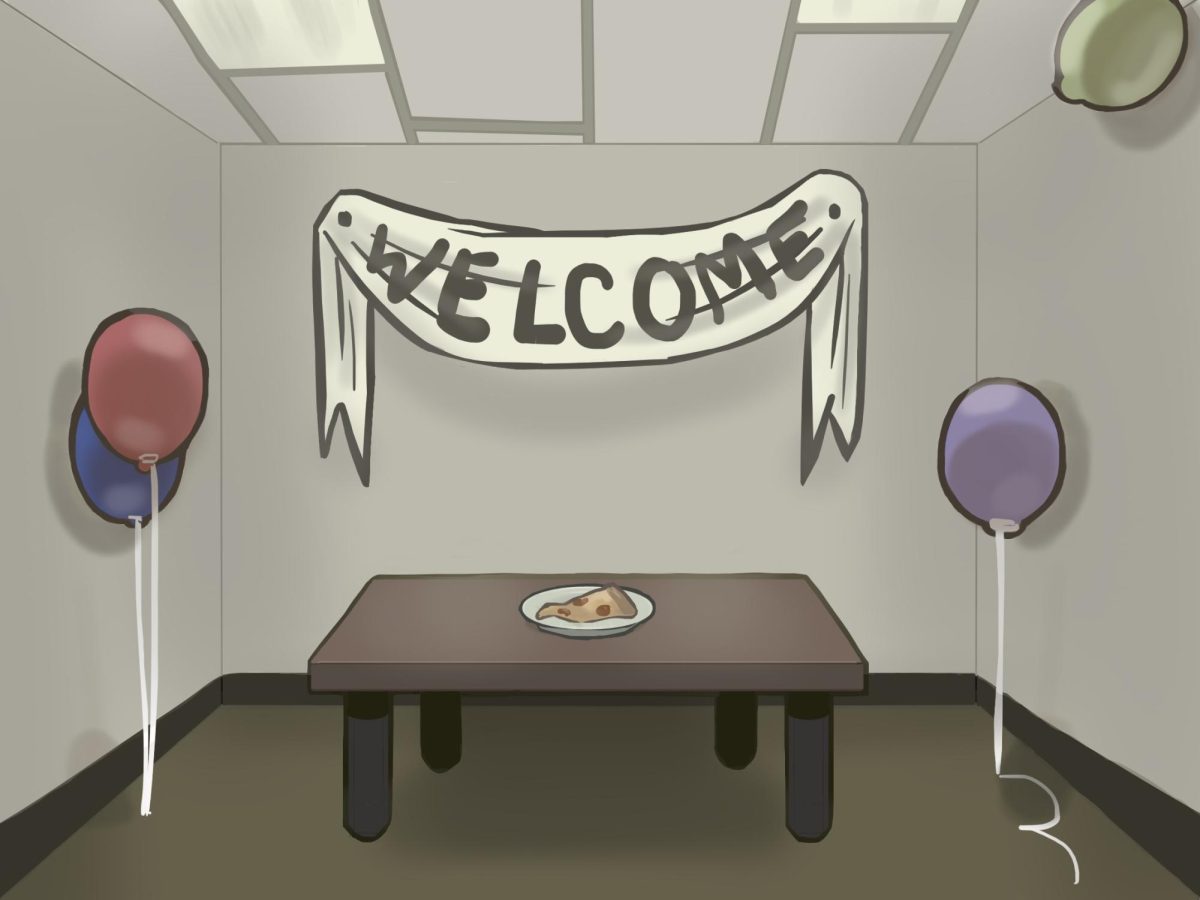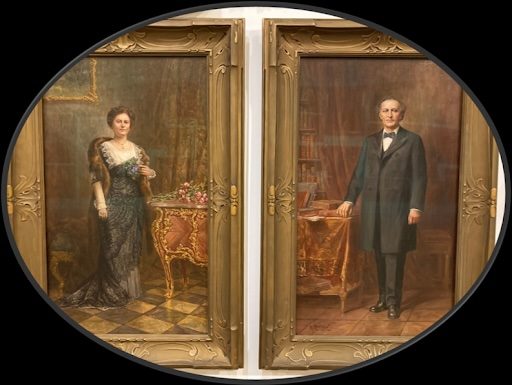COMMERCIAL ART: THEN AND NOW
In a word dominated by digital design, can the pen still be mightier than the sword?
Commercial art, defined as any artwork that is used in advertising, can be produced using two major styles of graphic design: digital and traditional.
However, today the means of which to advertise are largely digital, requiring artists to create imagery with computer-based software such as Photoshop. With that being said, what happened to the days of traditional design, when ads were crafted on paper?

The handcrafted quality of traditional design is present in this rough sketch of a magazine layout by Arthur Surin, courtesy of the Institute of Commercial Art, Inc. (1950).
The situation evokes visions of AMC’s “Mad Men:” a fictional television show built around the atmosphere of the real life Madison Avenue in 1960’s New York. This was a time when ads were hand-sketched and painted to be published in such popular magazines as LIFE, The Saturday Evening Post and LOOK.
These “all-American” illustrations of home life, automobiles, food and other products which could stand as paintings of their own could now be created on a laptop.
But for those who aren’t as keen on the screen, here’s an analysis of the role traditional design plays in a modern world.
The History
Christine Shafner, SCC’s Visual Art Communications (VCT) coordinator, explains that industries across the nation have relied heavily on commercial artists to craft visual messages to sell their products since the beginning of the industrial revolution, a period that increased the need to advertise mass-produced products.
“There have been many stylistic eras in advertising,” Shafner says. “When new forms of media are invented you’ll see the biggest change.”
This concept is recognized in an article written by Megan N. Liberty for hyperallergic.com. In it, she references “The History of Graphic Design: Vol. 1, 1890-1959” by Jens Müller.
Liberty notes the deep sense of patriotism that World War II prompted in America, which permeated things like film posters including 1942’s “Casablanca,” with its primary colors and bold lettering — visual features similar to those in wartime propaganda posters of the same year.
“Müller highlights that the success of the war left Americans feeling prosperous and caused a boom in industry production,” Liberty writes. “Advertising and magazine publishing became driving forces in the new economic boom.”
Claire Fant, advisor of the VCT Club at SCC, named a different kind of revolution as a major paradigm shift in graphic design: the “hippie” movement of the 1960’s. The scruffiness of street art and colorful posters, once subversive, eventually bled into advertising targeted at the working class. Fant explains that in this world of art, “you could almost do anything.”
Perhaps the lack of a revolution is responsible for the absence of hyper-artistic ads in today’s magazines — but what’s stopping them?
Pros and Cons
A common consensus for the reasoning behind today’s continued popularity of digital design can be attributed to its convenience.
Not only is one able to make quick changes and produce images unable to be produced by hand with software, but the digital medium itself opens the industry up to a much larger demographic of people — for instance, with the ability to work remotely or from home.
“It opens up a new world,” Fant says. “There are things that you can accomplish digitally that can’t be done by hand.” However, this works the other way around, for instance, with the customization of fonts.
On the other hand, as Shafner points out, the industry is always changing. “Your clients think that your time in creating many iterations is not as valuable and therefore not seen as billable,” she says. “The artist has to continually mentor all clients in terms of expectations on time, value and workflow processes.”
When one creates an advertisement by way of traditional design, Shafner says that their process and results are often more expressive and thoughtful. “This is one reason why digital artists first make pencil sketches of their solutions,” she says.
Additionally, she explains that the client will generally understand the value of a traditionally-created design and be more willing to pay the true value of the work and
Copyright.
The Future
A 2018 article by Jenny Darmody for siliconrepublic.com sheds light on the “digital versus traditional” dilemma in an interview with Jonathan Leahy Maharaj, creative director for Fuzion Communications.
Maharaj chronicles his experiences during rise of digital design and ends by reminding newcomers that the digital medium is by no means a crutch.
“Don’t think that technology is the answer to all of your problems,” he says. “It’s a tool, but it needs a creative brain to utilize it, otherwise it’s useless.”
Fant holds a similar view to Maharaj, stating she knows that “People will always be creative.”
Even though traditional design isn’t as prominent in today’s commercial art industry, Fant explains that it will always be needed for cartooning, book illustration and medical purposes.
“Who knows what the future’s going to bring?” she says.





